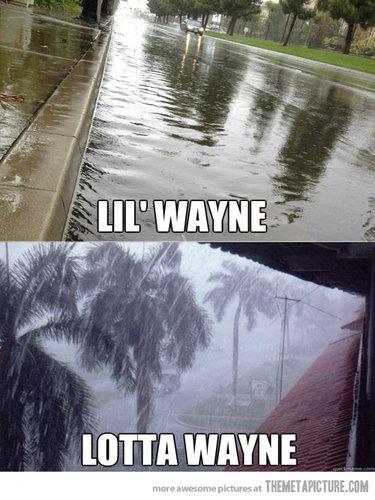Google Experiments With New Spectrum Opportunities
Google's research on Citizen Broadband Service Radios could change the competitive landscape for Internet service providers.


2014: The Year In Search
2014: The Year In Search (Click image for larger view and slideshow.)
While the technology industry awaits the Federal Communications Commission's vote on net neutrality rules in February, Google is quietly conducting research that has the potential to change the competitive landscape for Internet service providers.
Google on Wednesday asked the FCC to modify an Experimental Radio Service License to raise the level of its antennas to 23 meters in order to test devices that serve "as prototypical Citizen Broadband Radio Service Devices." The company provided the FCC with a list of potential manufacturers of these devices, but asked that the list be kept confidential.
Google made clear in its request for confidentiality that it sees CBRS devices as part of a potential product or service offering.
[Want to know more about how Google is changing the telecom business? See Google Fiber, Utility Poles & The FCC.]
"The technology under development is highly sensitive and confidential in nature," Google said in the public version of its request to the FCC. "The release of such information would provide valuable insight into Google's technology innovations and potential business plans and strategies. Public disclosure would jeopardize the value of the technology under examination by enabling others to utilize Google's information to develop similar products in a similar time frame."
Google and the FCC did not immediately respond to requests to provide further details about Google's tests, but the company may be preparing to operate as a wireless Internet service provider (WISP), at least in some areas of the country, or to administer spectrum allocation to enable other companies to offer wireless connectivity. Google already provides Internet connectivity through Google Fiber in a few markets.
"Usually experimental licenses are for hardware manufacturers, so they might be building hardware for use in the future opened 3.5-GHz band," said Dan Spitzer, WISP engineer for MonkeyBrains, a San Francisco-based provider of wireless Internet connectivity, in an email. "The current 3.65-GHz band is more WISP friendly (it's 'light' licensed, requiring a call sign and self-registration of paths) than unlicensed, so one could speculate they want to be the first to deploy a network on the new band with their already made in-house radios."
In December 2012, the FCC issued a notice of proposed rulemaking to establish a Citizens Broadband Service -- a nationwide network of microwave radio cells -- in the 3.5-GHz band for commercial or noncommercial wireless communication. By opening up new spectrum, the FCC aims to promote new investment and to relieve the overburdened cellular spectrum from the growing number of mobile and wireless devices.
At least two forms of license are being considered: PALs, or priority access licenses, which would provide spectrum to commercial communications services, and GAAs, or general authorized access, which would allow anyone to register to use 3.5-GHz spectrum through the coordination of spectrum access system administrators.
The FCC proposal has received support from Google, Microsoft, and many others because of the perceived economic potential of additional spectrum. Google in particular endorses the President's Council of Advisors on Science and Technology's recommendation for the FCC to support periodic auctions for PALs to promote regional spectrum usage. Google appears to be interested in being one of the companies authorized to act as a spectrum-access system administrator. In a November letter to the FCC, Google said its experience with AdWords and eBay's example demonstrate that auctions can work at scale.
It's not clear when the 3.5-GHz spectrum band will be made available to the public -- there's still concern about interference with military radar -- but Google and other telecom companies are getting ready.
Attend Interop Las Vegas, the leading independent technology conference and expo series designed to inspire, inform, and connect the world's IT community. In 2015, look for all new programs, networking opportunities, and classes that will help you set your organization’s IT action plan. It happens April 27 to May 1. Register with Discount Code MPOIWK for $200 off Total Access & Conference Passes.
About the Author
You May Also Like






